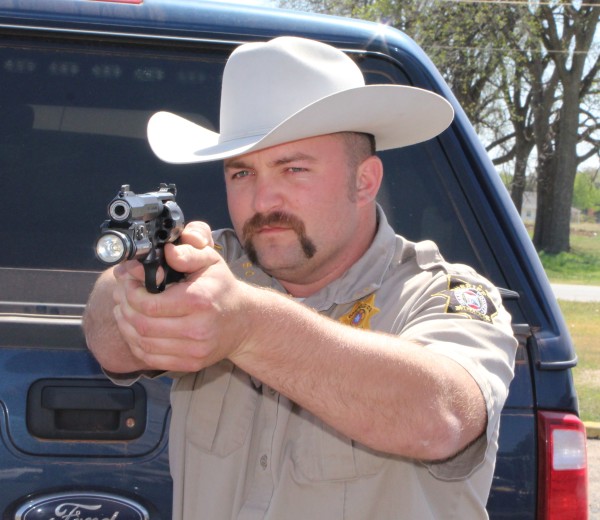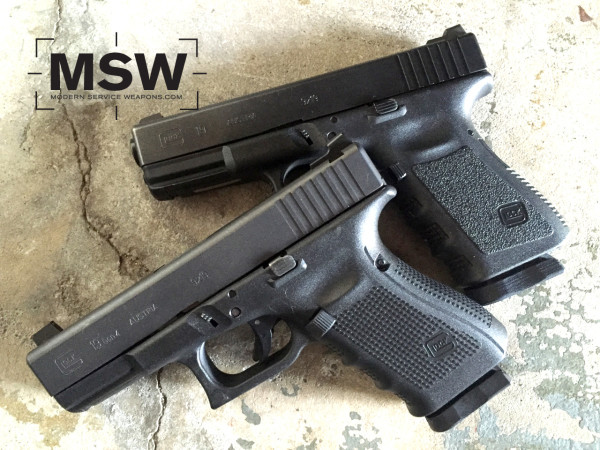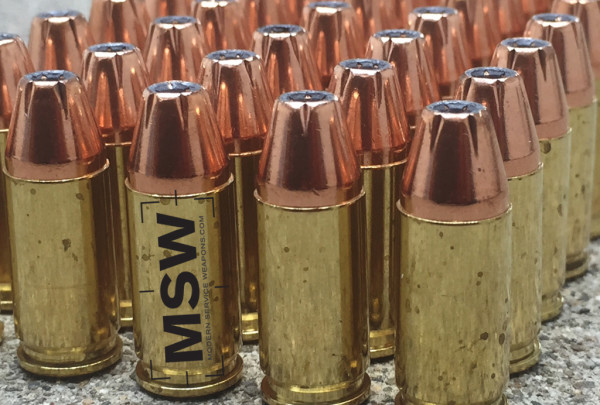I heard on a podcast that sporting a nylon “tactical” belt is a “tell” that there is a concealed handgun not too far away. I am not all on board with the “tell” analysis, but OK fine, we ( 🙂 ) likely should all plead guilty. Doesn’t every serious gun-toter have at least one belt from The Wilderness, and one of those ultra-stiff, high-tech, superhero style belts made with indestructible fabric and a “special” buckle — maybe from AresGear? (Both are awesome — so I am told 🙂 ). For many however, leather has been and remains the belt king. For some, “tactical” may simply be inappropriate. Maybe you’re a federal agent, an LEO who no longer wears a uniform, a concealed carrying non-sworn who has to “dress-up,” or a former “operator” now in corporate security or executive protection. Or maybe you simply want a changed look and a bit more “comfort.” What to do? Go with a leather belt specifically made for handgun carriage. If the don’t go tactical podcast is correct, all the better.




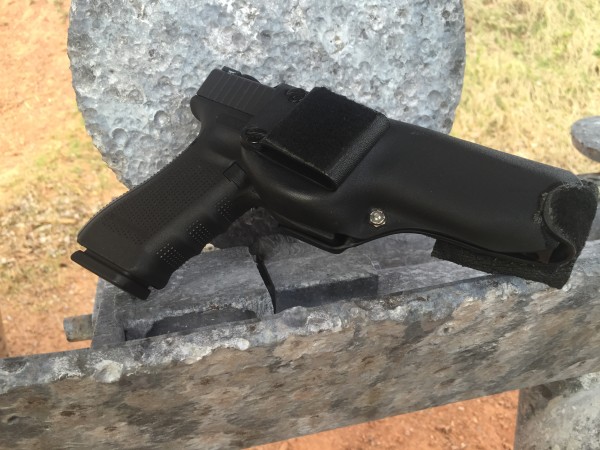
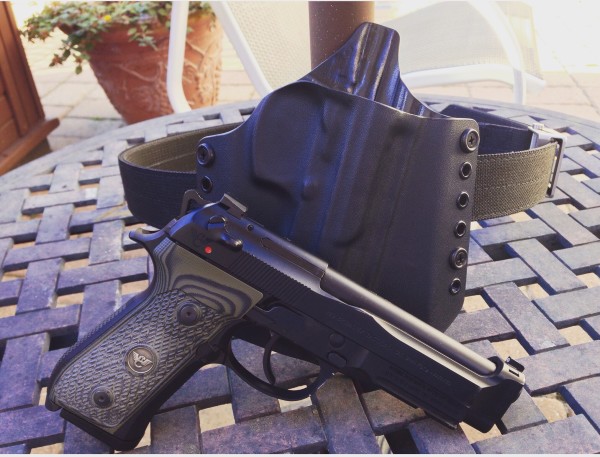

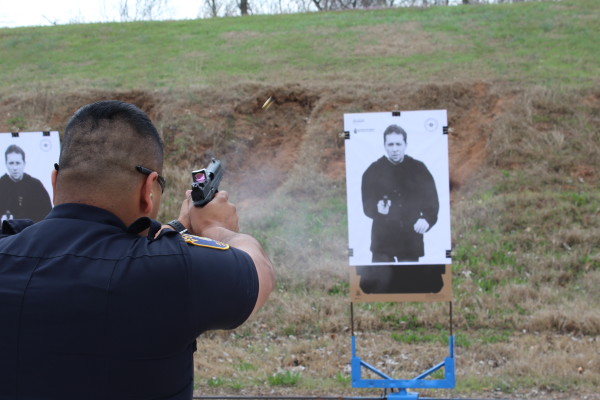

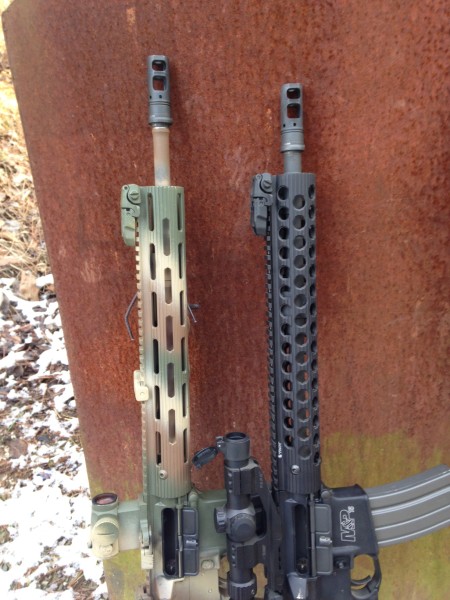
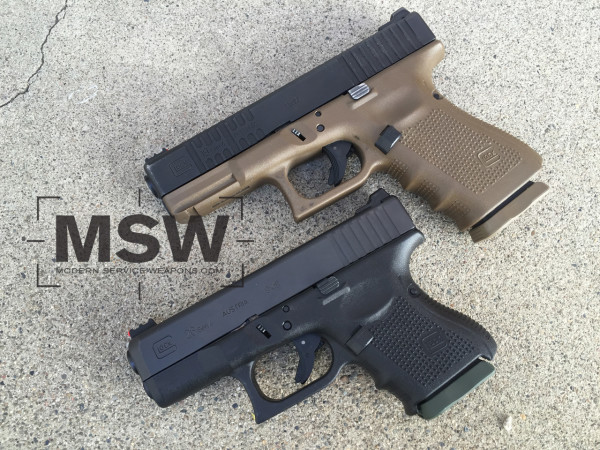
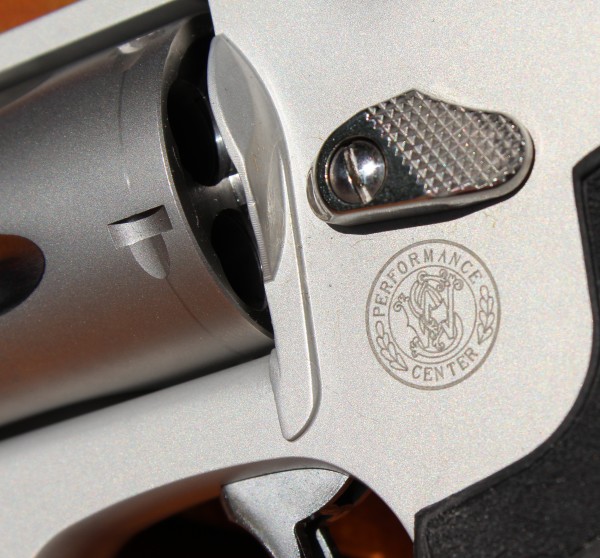 The J-frame Smith & Wesson revolver is a must-have carry gun in my book. I’ve been carrying a model 642 as a backup both on and off duty for almost fifteen years now. There are a lot of nifty little auto pistols on the market today, but none of them come out of the front pocket quite as readily an internal hammer J-frame. Of course, there are drawbacks to everything. If you want a quality, 15-ounce pocket gun, sacrifices must be made. As is necessary for reliable ignition, the DAO trigger pull on these little revolvers is heavy and that makes them somewhat more difficult to shoot. For the sake of concealability, the stocks are tiny and even the rubber ones are hard on larger hands like mine when firing +P loads. Another negative of small .38 Special revolvers is occasionally sticky extraction of spent brass. This is especially true when using the hotter defensive rounds. These guns have been popular for so many decades, I think it’s safe to say that defensive handgunners have readily accepted these seemingly necessary compromises. Maybe we don’t have to compromise as much anymore.
The J-frame Smith & Wesson revolver is a must-have carry gun in my book. I’ve been carrying a model 642 as a backup both on and off duty for almost fifteen years now. There are a lot of nifty little auto pistols on the market today, but none of them come out of the front pocket quite as readily an internal hammer J-frame. Of course, there are drawbacks to everything. If you want a quality, 15-ounce pocket gun, sacrifices must be made. As is necessary for reliable ignition, the DAO trigger pull on these little revolvers is heavy and that makes them somewhat more difficult to shoot. For the sake of concealability, the stocks are tiny and even the rubber ones are hard on larger hands like mine when firing +P loads. Another negative of small .38 Special revolvers is occasionally sticky extraction of spent brass. This is especially true when using the hotter defensive rounds. These guns have been popular for so many decades, I think it’s safe to say that defensive handgunners have readily accepted these seemingly necessary compromises. Maybe we don’t have to compromise as much anymore.  “You need a maximum strength prescription of ‘slow…down’. Speed comes later,” he said in that western Kentucky accent that almost forces a sense of calm. It was obvious this would be a different kind of class.
“You need a maximum strength prescription of ‘slow…down’. Speed comes later,” he said in that western Kentucky accent that almost forces a sense of calm. It was obvious this would be a different kind of class. 